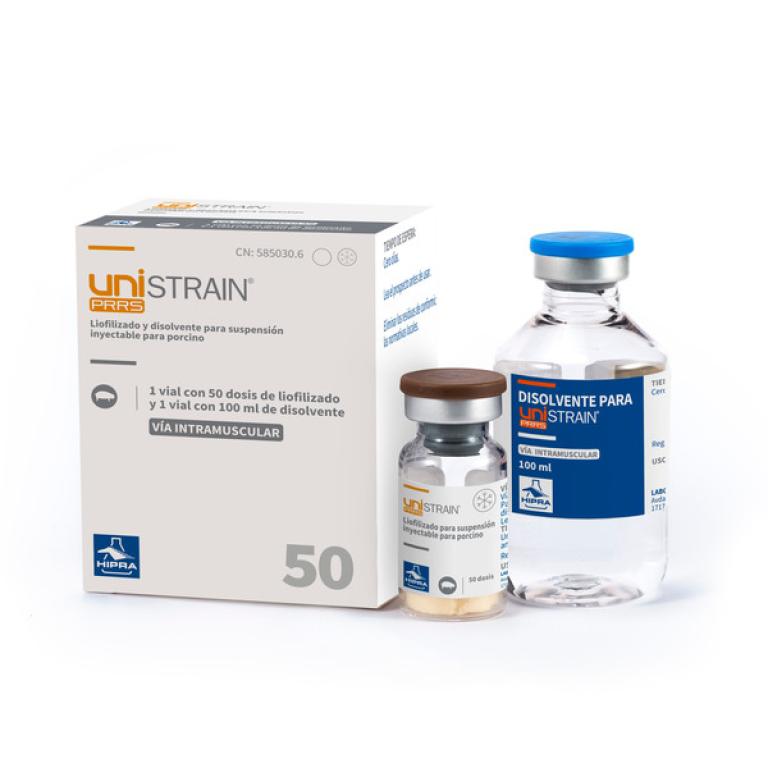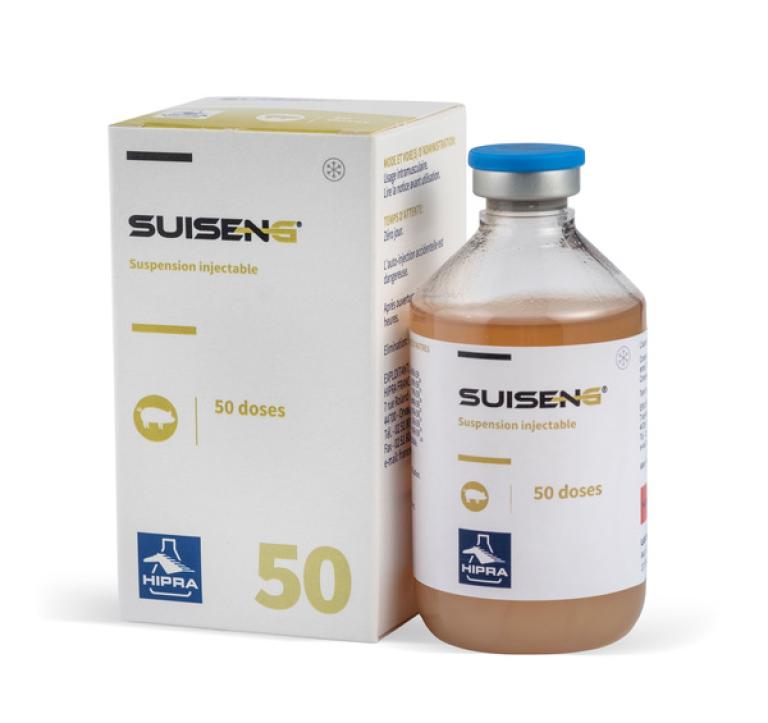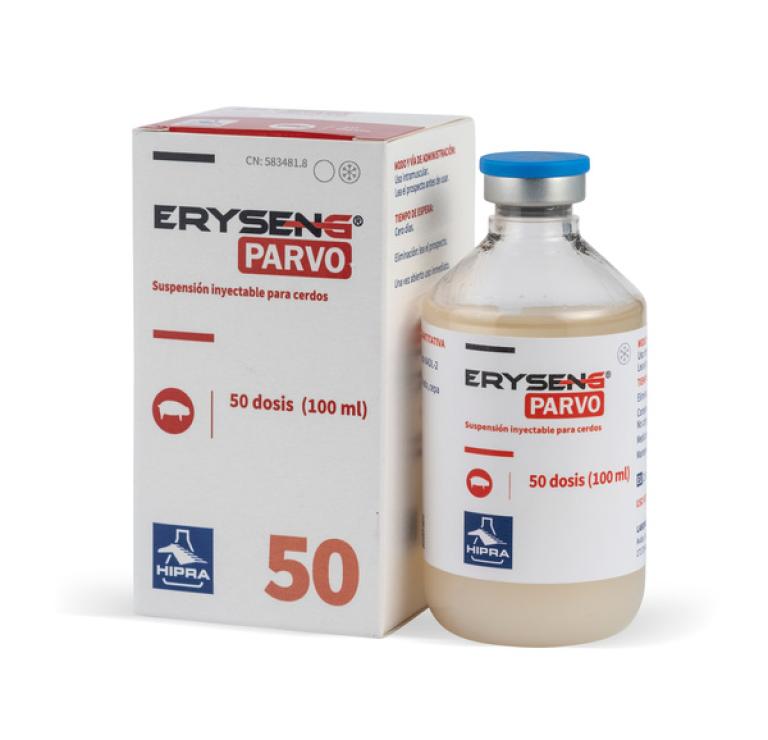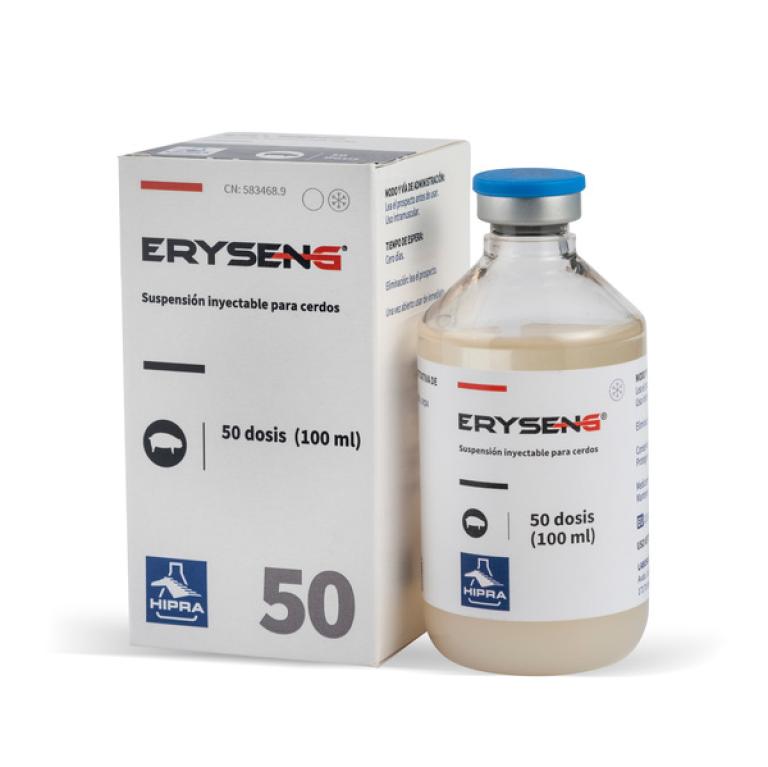Welcome to the space where you will learn about the diagnosis of Leptospira spp.
EPISODE #5: Leptospira spp., what you need to know about its diagnosis and interpretation

Veterinarian by the University of Zaragoza, where she also obtained her doctorate in 2004 receiving the Extraordinary Doctorate Award in the process. Gema has a Master's degree in Clinical Analysis from the University of Valencia. In 2005 she joined EXOPOL and she has been the Diagnosis Department Manager since 2010.
She has participated in more than 15 research projects related to pathology and animal welfare, and more than 80 scientific articles and communications, both nationally and internationally, as well as lectures and presentations related to veterinary diagnostics.

Veterinary and MSc in Swine Health and Production by the University of Zaragoza, Lérida and Madrid.
Currently, Global Product Manager in the Swine Business Unit in HIPRA.
Leptospira spp. is one of those pathogens whose epidemiology, pathogenesis, and the interpretation of the diagnosis results, are very complicated and frustrating for swine vet practitioners. Microagglutination test, always referred as MAT, is the common diagnostic tool, but it is an indirect technique, that only shows a contact with the bacterium.
In the last years, new direct diagnostic tools such as the qPCR have appeared, even the sequencing of the implied serovar. Gemma will speak about which diagnostic methods should be used for the proper diagnosis, considering the epidemiology of the adapted and non-adapted serovars, and how a positive result for each method should be interpreted.
What is your perception about the diagnosis of this bacterium?
Like epidemiology and pathogenesis, diagnosis is also not easy. Nowadays, there are two main methods: serology by microagglutination, for antibody detection and, qPCR for the direct detection of Leptospira nucleic acid.
The qPCR has a high analytical sensitivity, it detects very small amounts of nucleic acid, but we all know that diagnostic sensitivity is also influenced by the sample tested. On the other hand, the microagglutination or know as MAT is an indirect method, that detects antibodies in response to infection. The titers peak is around 3 weeks post-infection and decrease thereafter.
What would be the most adequate diagnosis approach when we suspect about acute or chronic problems?
Starting with the acute, when we have abortions, the ideal sample to send is foetuses and placentas for qPCR. Then we can use the sequencing to determine the serovar involved. A positive qPCR test for leptospira in foetal samples is a very conclusive result that was involved in the abortion.
In chronic problems, such as continuous low fertility performance, I would combine qPCR techniques on urine samples and vaginal swabs from sows with problems, together with serology by MAT of the adapted serovars, in order to increase diagnostic sensitivity




































